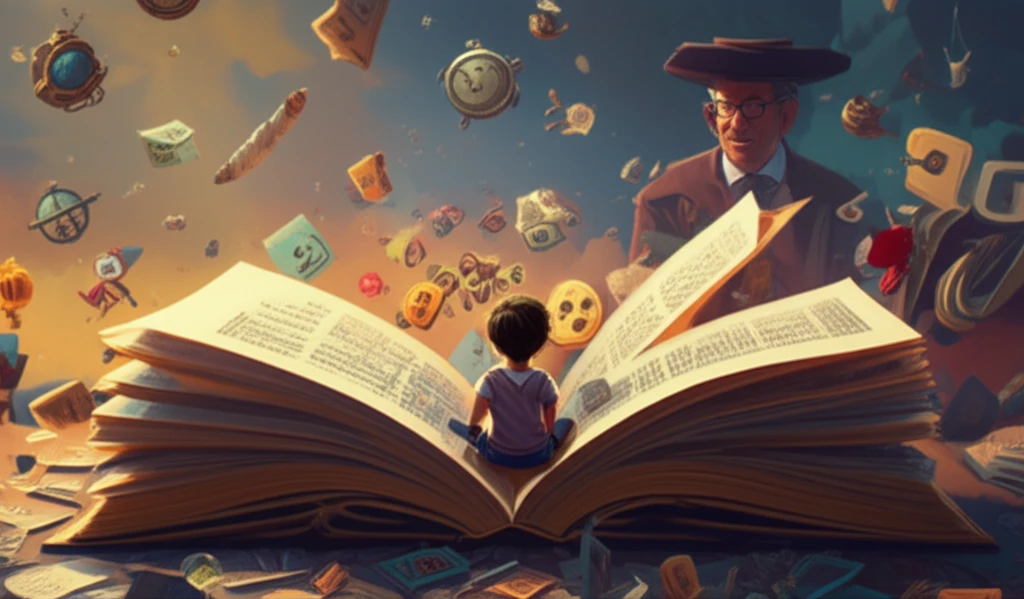
Unlocking Literary Genius: How to Read Like a Professor (Even If You're Not)
"Decoding the hidden depths of children's literature to spark imagination and critical thinking."
Have you ever wondered how literary critics and professors seem to extract endless meaning from the simplest stories? It's not magic; it's a set of skills and knowledge that can be learned and applied by anyone, regardless of their academic background. In "How to Read Literature Like a Professor: For Kids," Thomas C. Foster provides a toolkit for young readers (and their parents) to unlock the hidden depths of literature.
This book review explores Foster's approach to teaching literary analysis to children, focusing on key concepts and techniques that make literature more engaging and meaningful. From identifying symbols and themes to understanding the importance of context, this guide will equip you with the tools to read like a pro.
Whether you're a parent looking to enrich your child's reading experience, an educator seeking new ways to engage students with literature, or simply a curious reader wanting to deepen your understanding of stories, this exploration of Foster's work will provide valuable insights and practical strategies.
Decoding the Literary Toolkit: Symbols, Themes, and More

Foster's book aims to demystify literary analysis by breaking down complex concepts into accessible language and relatable examples. He explores various literary elements, encouraging young readers to look beyond the surface and discover the deeper meanings embedded in stories. Instead of simply reading for plot, Foster prompts readers to consider: What do the symbols represent? What are the underlying themes? How does the author's background influence the story?
- Symbolism: Recognizing that objects, characters, and events can represent abstract ideas or concepts.
- Themes: Identifying the recurring ideas or messages that the author is trying to convey.
- Intertextuality: Understanding how one text can reference or allude to other texts, adding layers of meaning and complexity.
- Setting: Recognizing how the time and place of a story can influence the characters, plot, and themes.
- Character Archetypes: Recognizing recurring character types (like the hero, the villain, or the mentor) and understanding their symbolic roles.
Empowering Young Readers: The Lasting Impact
While the original review acknowledges that Foster's approach might, at times, lean towards a prescriptive interpretation of literature, the overall value of "How to Read Literature Like a Professor: For Kids" lies in its potential to spark curiosity, encourage critical thinking, and empower young readers to engage with stories on a deeper level. By providing a framework for literary analysis, Foster equips children with the tools to become more discerning and thoughtful readers, setting them on a path to a lifelong love of literature.
